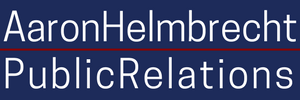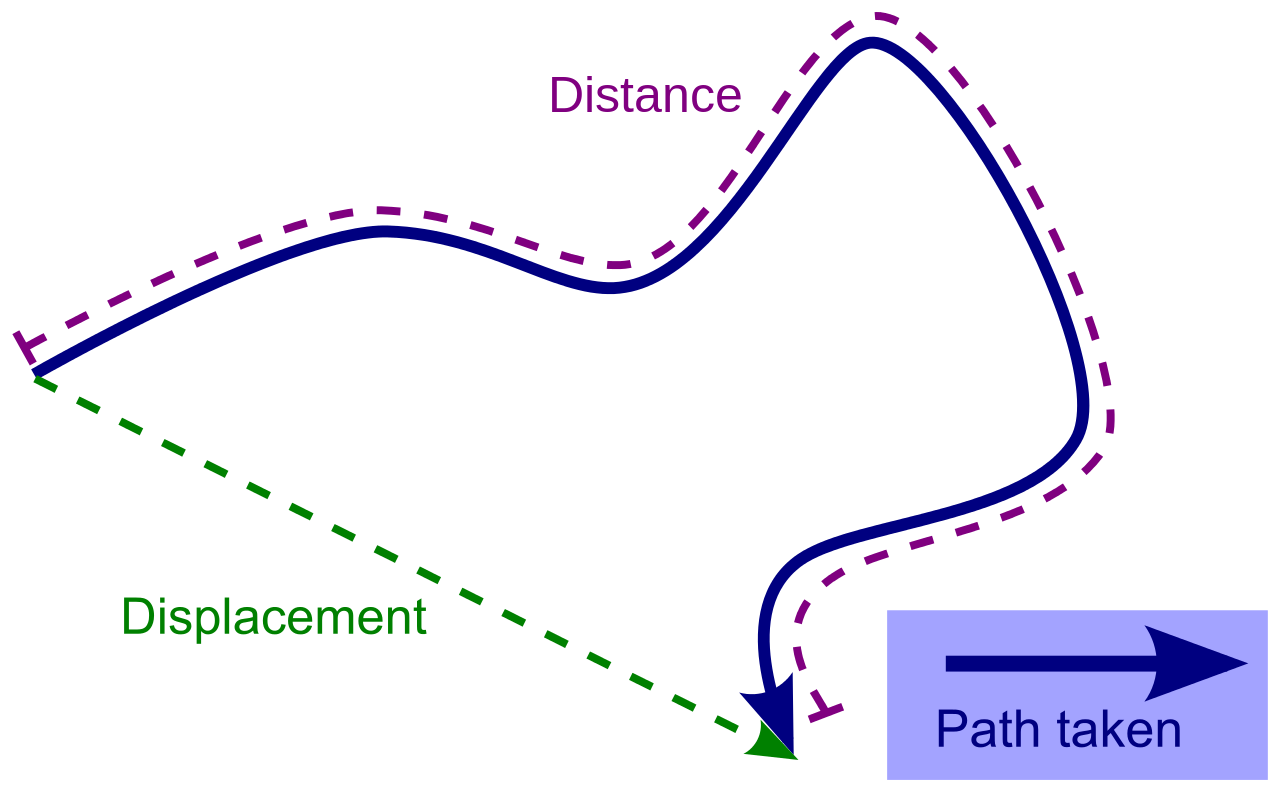Outperform people twice as smart doing half the work
Aaron Helmbrecht, Communications Strategist
|
I am exceptionally good at my job. Not because I'm overly smart. I have perfectly average intelligence. The reason I am able to consistently exceed performance expectations is that I've figured out a formula for maximizing my work efficiency. If you can learn to apply the concepts below, you can make yourself an indispensable and irreplaceable employee. Work Efficiency FormulaThe trick to maximizing efficiency is to figure out how to minimize your work input while attaining optimal work output (Efficiency = Work Output / Work Input). The definition of Work is Force times Displacement. The definition of Force is Mass times Acceleration. Therefore, the formula for Work can be expressed as Work = Mass x Acceleration x Displacement. This formula shows there are three areas from which efficiency can be derived: Mass, Acceleration, and Distance.
Efficiency Via Mass ReductionThink of mass as your total workload. Say you are sending a letter to every member of Congress and you need to attach mailing labels to 535 envelopes. Now assume it takes 5-6 seconds to reach for an envelope and apply a mailing label. This project should take one person about an hour to complete. If a coworker helps by taking the Senate envelopes, you are now doing less work because you've reduced your workload mass by a factor of 100. However, this strategy doesn't improve efficiency because the total work input is unchanged. All you've done is redistribute the work. To improve efficiency, consider ways to automate the process by transferring the load onto a machine as opposed to another person. Instead of printing mailing labels and applying them by hand, find out if they can be run through the printer directly. It may take some effort to figure out the correct print settings, but once you've figured it out you'll have that knowledge forever. Suddenly a project that takes everyone else an hour can be completed by you in five minutes. Efficiency Via Net AccelerationAcceleration is the sum of all forces acting within a system. This is basically Newton's Second Law of Motion. If your task is to lift a box, the rate of upward force you apply to the box is your positive acceleration. The downward force of gravity is your counteracting negative acceleration. Lifting the same box on the moon would require less work because the moon has less gravity. When faced with a looming deadline, the most obvious solution would be to increase your positive acceleration by working harder and faster. While this may be effective, it's not efficient. You are simply doing more work in a shorter period of time. This should be your last resort.
Instead, consider ways to streamline the process by eliminating counteracting forces. In an office setting, one of the most common and avoidable sources of negative acceleration is the workflow bottleneck. In most cases, it is far more efficient to do something than it is to explain that you need something done. Say you are copyediting the final draft of a newsletter and you spot a typo. In scenario 1, you highlight the error, explain to the designer how it should be corrected, wait for the designer to prioritize your request among an untold number of other projects, and then review the updated draft to verify the revision was made correctly. In scenario 2, you simply open the InDesign file and fix the typo. Forget the fact that InDesign may not be part of your official job description. By eliminating the bottleneck, you've just achieved the identical work output by doing about 30 seconds of actual work. Efficiency Via Displacement
Distance is the action steps required to complete a task. We all know that the shortest distance between two points is a straight line. What we often don't realize is this also holds true for work assignments that require repetitive motion. Two common examples for communications workers are packet stuffing and copy/paste projects. These are probably the most tedious and unavoidable parts of the job, but the trick here is to look at the task as a straight line instead of a continuous loop. Every flick of your wrist or click of your mouse adds up when repeated hundreds of times over. Take a moment to examine your process and consider which motions can be combined or eliminated. Eventually, you'll recognize the displacement vector and know you've achieved maximum efficiency. |


